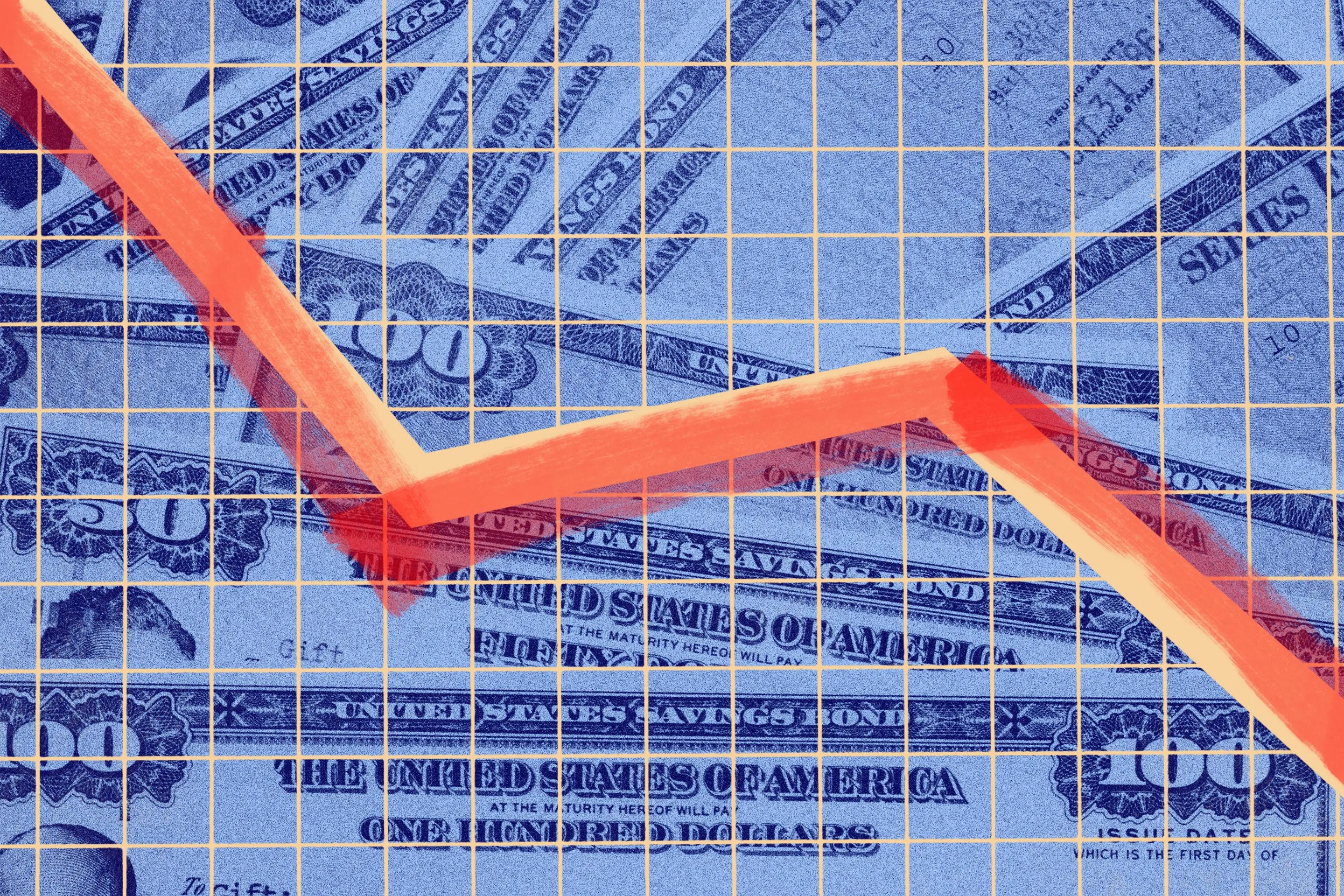As inflation continues to cool, yields on Series I savings bonds, also known as I bonds, are falling at the same time.
On Friday, the U.S. Treasury set a new rate of 3.11%, effective for I bonds purchased this month through the end of April 2025.
This new figure is a far cry from the record 9.62% reached in 2022, at the height of the pandemic-induced cost of living crisis. Seeking protection from inflation, investors and everyday savers then bought billions of dollars of I bonds.
But even with moderate consumer prices, low-risk government bonds remain an attractive choice for long-term savers and investors. That’s because today’s I-bonds have a benefit that bonds bought back in 2022 didn’t have: a 30-year fixed rate of 1.2%.
What you need to know about the new I-bond rate
The recently announced headline rate of 3.11% is known as the composite rate. This is the annual version of two separate rates that are announced every six months.
One of them is the inflation rate. This inflation rate changes every six months based on the previous six-month fluctuations in the Consumer Price Index, which is the most commonly used measure of inflation. This six-month rate is currently 0.95%, which is in line with the inflation rate from April to September.
The other is the aforementioned flat rate. As the name suggests, this rate is set at the time of purchase and lasts until 30 years or until you sell your bonds. Right now, the Treasury has set the fixed rate at 1.2%.
While the inflation rate is predictable, the fixed rate is something of a wild card. The Treasury Department has not publicly disclosed exactly how it came up with this.
Since I bonds were created in 1998, the fixed rate has fluctuated between 3.6% and 0%. And since the Great Recession, the fixed rate has largely remained below 1%, meaning the I-bond inflation rate has done most of the heavy lifting in recent years.
In fact, when I bonds became popular in 2022 with that record annual rate of 9.62%, the fixed rate was 0%. The entire aggregate rate was driven by sky-high inflation. Now that inflation is falling, people who bought I bonds at that time still have a fixed rate of 0%. So their yield is actually less than the recently announced 3.11% – that’s 1.9%.
Because of this caveat, some investors are cashing in their 2022 I 0% Fixed Rate Bonds to buy back the 1.2% Fixed Rate Bonds. When considering whether to cash in I bonds, it is important to keep in mind that they cannot be redeemed within one year of purchase, and I bonds redeemed within five years are subject to a three-month interest penalty, similar to the penalty for certificates of deposit. (CDs).
Alternatives to I-bonds
When comparing annual percentage yield, or APY, there are many alternatives that currently beat the 3.11% yield on I bonds.
For example, some certificates of deposit and high-yield savings accounts still have rates above 5%. Although the Federal Reserve will cut benchmark interest rates as early as Thursday, the days of the 5% annual interest rate are numbered.
National average rates for these types of deposit accounts are much lower. The average APY is 0.45% for savings accounts and 1.81% for 12-month CDs, according to the Federal Deposit Insurance Corporation.
Depositors and investors evaluating the new I-bond rate should note the caveats and incentives that include interest penalties, inflation protection, and a $10,000 annual purchase limit. (The Treasury previously allowed you to use up to $5,000 of your tax refund to buy paper I bonds, although it is now discontinuing paper versions entirely.)
In the short term, CDs and high-yield savings accounts offer more attractive APYs.
For long-term investors: Although bond rates have fallen significantly since 2022, the current fixed rate ensures that bonds purchased today will beat inflation by at least 2.4% annually for 30 years.
More money:
Money Classics: How My Bonds Went from Bad to Hot (1998)
What is a savings bond?
How to buy I-bonds
